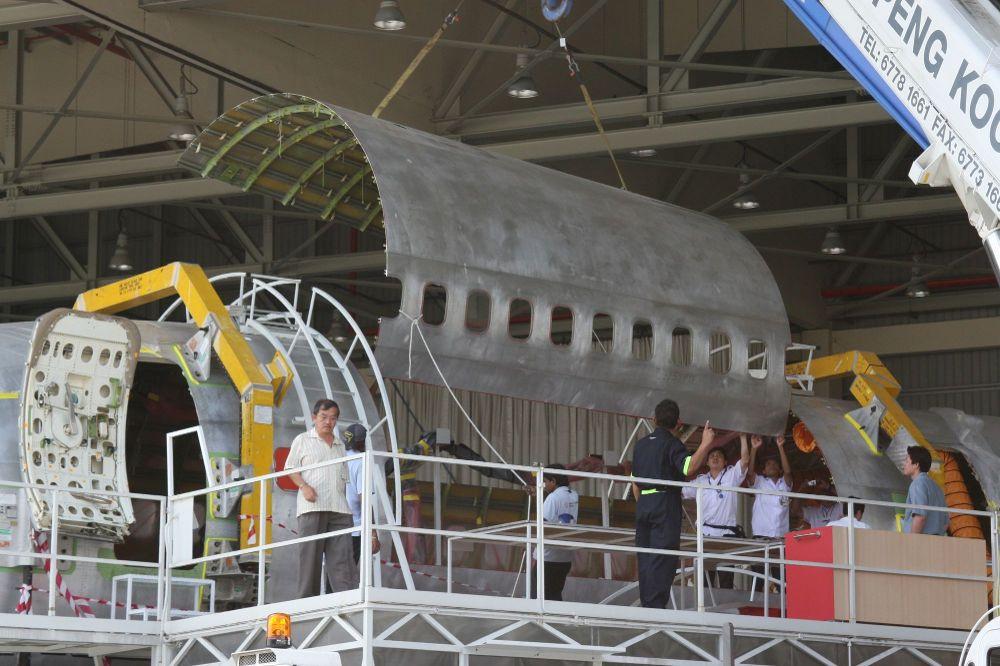
Aviation’s sole winner from the Covid-19 crisis has been the cargo market, where demand towers over supply due to a huge reduction in bellyhold capacity from passenger flights.
This has led to a surge in bookings and activity for freighter conversions, while this week Korean Air became one of a tiny number of mainline carriers to report an operating profit for 2020 – due to the strength of its cargo business.
The unprecedented distribution requirements of global vaccination efforts mean that this year and probably next will probably also be strong years for cargo opeartors, while a further shift towards online retail will also prove beneficial.
This has prompted a rush for freighter conversions, the latest being a February-announced contract between Aeronautical Engineers and mid-life lessor Aero Capital Solutions for 10 additional B737-800SF freighter conversions.
Propelling this trend is the sudden surge of feedstock caused by airlines looking to downsize their fleets lessors seeking to transition out of mid-life and older passenger aircraft.
However, some conversions ordered today will only be delivered in late 2022 and early 2023, when a recovery in the passenger market could be well underway if vaccinations go to plan.
This begs the questions of what section of today’s demand will prove to be an excess supply of dedicated freighters when bellyhold capacity returns.
In this regard it is worth noting that in the five years up to the start of the coronavirus crisis, IATA data shows only one in which freighter load factor rose; in every other cargo holds were emptier than the year before.
Furthermore, in 2019 – before the crisis – global cargo demand was down 3.3% on the previous year.





